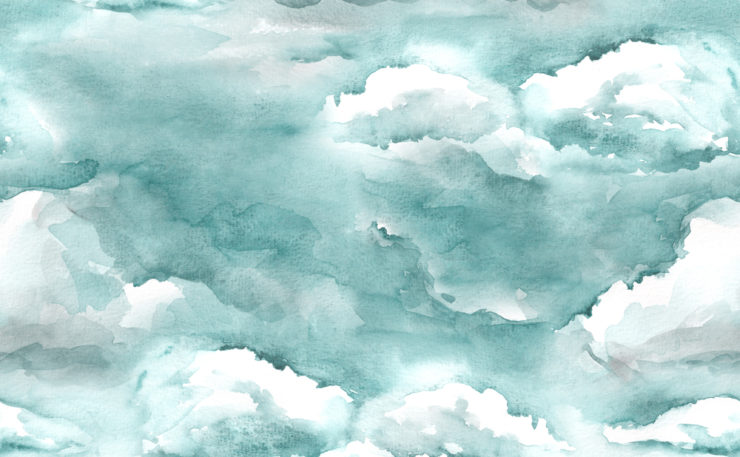Over the past 30 years, our understanding of trauma has broadened and deepened, especially as we developed the technology to gain a window into the brain.
One of these understandings is polyvagal theory – a theory that makes sense of our autonomic nervous system and our biological need for safety and connection.
If polyvagal theory is new to you, Deb Dana’s work is a great place to start. In a nutshell, we have a couple different branches of our nervous system. And these branches offer very different experiences of ourselves and the world:
- When we’re in a state of safety, what’s called ventral vagal in polyvagal theory, we’re in a state of rest and connection. This is when we feel safe to connect with others, try new things, and venture forth in the world.
- When we’re in a state of mobilization, we’re in a stress state, trying to defend ourselves against a felt sense of danger. We know this as the fight or flight response and can feel angry, fearful, driven, desperate, and seek food and other substances for reassurance.
- And when we’re in a state of immobilization, we freeze, become numb, disconnect, and shut down in the face of threat. We can feel helpless, hopeless, and “why bother?”
You can sense how different each state feels. Our nervous system is constantly scanning the environment – below our conscious awareness – for cues of safety or danger, moving us in and out of these states.
In a class webinar yesterday we did an exercise where we tracked these different states and how they correlate with our behaviors with food. People found this exercise to be super helpful! They found it illuminating how differently they felt about food, themselves, and their bodies depending on which state they were in.
In an immobilized state, people said they don’t care about their bodies or themselves – a feeling of ‘why bother.’ Food becomes either non existent or a way to stuff themselves to soothe the hopelessness.
When they’re in a mobilized stress state, people felt alarmed, anxious, driven to change everything about their bodies, felt critical towards themselves, and felt burdened by food and feeding themselves. Food became a tool to regulate their anxiety.
And when they were in a state of rest and connection, they felt appreciative of their bodies, want to care for them, and feel at peace with themselves. Food feels delightful, nourishing and pleasurable.
The differences are really striking!
You might try this exercise for yourself. Take a piece of paper and divide into thirds, one for each nervous system state. Then answer these questions for each state:
- How do you feel about your body? How do you treat your body?
- How do you eat? What are your cravings like? What kinds of foods appeal to you?
- How do you feel about yourself? What emotions arise?
When we did this exercise together yesterday, many people shared how much it softened the shame of binge eating and overeating – they saw how, when their nervous systems felt safe, their relationship with food and their bodies felt really good. It was when they were in a stress or shut down state that the food called to them or when they felt critical of themselves.
Everyone left the webinar feeling lighter, safer, more hopeful, and more connected. Everyone had moved into a state of safety.
I invite you to give this exercise a try. It takes just a few minutes, but it softens the shame and identification we feel when we find ourselves in a state of threat – whether we’re activated in a fight or flight response, or we’re in a state of shut down and disconnection.
We are not our nervous system states. It’s so easy to identify with them – to think they’re who we are, rather than states we move through. We often dislike ourselves, feel ashamed, or feel worried when we feel anxious, stressed, despairing, craving, or afraid.
This awareness helps us take these states less personally: this is just what nervous systems do. It also guides us to support ourselves when we’re in a stress state and we’re feeling moved to binge, or feel overwhelmed by criticism about our bodies.
From this space, we can offer our nervous systems acceptance, trust and support as we flow from state to state in the ups and downs of the human journey. We become the sky, rather than the weather.
